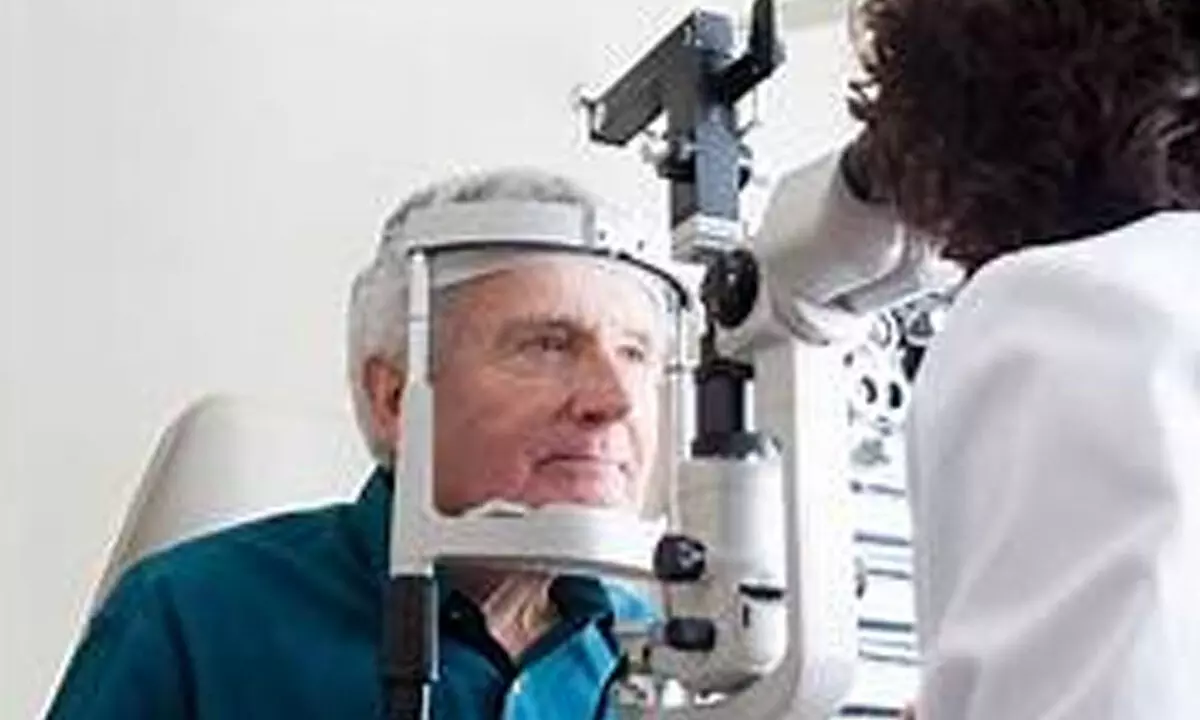Breakthroughs in Cataract Management - Promising Clear & Safe Vision

Breakthroughs in Cataract Management - Promising Clear & Safe Vision
Cataract is a leading cause of blindness worldwide, but the good news is that blindness due to cataract can be prevented with simple surgical procedures that help restore vision
Cataract is a leading cause of blindness worldwide, but the good news is that blindness due to cataract can be prevented with simple surgical procedures that help restore vision.
For perfect vision, the lens should be clear so that light can pass through it. When the lens becomes cloudy or opaque, light cannot pass through it, resulting in blurred vision. Cataract surgery, one of the most common procedures performed worldwide, involves replacing the natural opaque lens with an artificial lens called an intraocular lens (IOL). The overall success rate of cataract surgery exceeds 98%. Continuous innovation in techniques and instruments has made the procedure simpler and safer than ever before.
In the early stages of cataract, changing glasses might provide some help. However, as the cataract progresses, surgery remains the only viable option.
“Many people believe that cataract must develop completely before it can be removed, but this is no longer true. Cataract surgery is a safe and predictable procedure that can be performed whenever reduced vision significantly impacts one's daily life,” says Dr Vivek Singh, Consultant, Kallam Anji Reddy Campus, L V Prasad Eye Institute, Hyderabad.
"Despite the remarkable advancements in cataract surgical procedures, it is important to acknowledge that complications can still arise, even with highly skilled surgeons. Common causes of complications include challenging eye anatomy, advanced cataracts, surgeon's lack of experience, and failure to adhere to safety protocols. In addition to complications, a lack of post-operative care can increase the risk of serious eye infections that can threaten vision. Therefore, it is crucial to prioritize vigilance during cataract surgery, ensuring that it is performed with precision and utmost care is taken in the post-operative period,” emphasizes Dr Vivek Singh.
Causes: The most common cause of cataract is degenerative changes due to the ageing process. With age, proteins in the natural lens degenerate, resulting in a clouded lens called a cataract. However, cataracts can also be caused by underlying health conditions such as diabetes, kidney disease, glaucoma, eye infections, inflammation, as well as eye injuries and prolonged use of certain medications. Smoking is another contributing factor. Additionally, cataracts may occur in infants or young children due to genetic or metabolic defects, infections, or trauma.
Symptoms: Cataract presents with various symptoms, including a cloudy appearance in the eyeball, blurred vision, double vision, poor night vision, difficulty driving due to glare, colored halos, and difficulty reading in dim light. In children, symptoms may include a whitish appearance in the eye (Leukocoria), squinting, and involuntary shaking of the eyeballs.
Lens options: Lens options are continuously evolving, with multifocal lenses not only addressing cataracts but also providing vision correction that may reduce or eliminate the need for glasses or contacts after surgery.Your ophthalmologist will evaluate your health status, lifestyle, occupation, and personal preferences to determine the most appropriate lens option for you. The available lens options are constantly advancing. Monofocal lenses can effectively correct distance vision, while multifocal lenses not only address distance vision but also eliminate the need for reading glasses. In instances where light does not properly focus on the retina, resulting in distorted vision (astigmatism), toricmonofocal or toric multifocal lenses may be recommended.
Cataract surgery: There are three commonly used surgical techniques:
Phacoemulsification:
· This is the most common surgery for cataracts.
· It involves a smaller incision size (2.2-3.2 mm).
· It is the preferred choice for early-stage cataracts.
Small incision cataract surgery (SICS):
· This technique involves a larger incision size (6-7 mm).
· It is the preferred choice for harder and advanced cataracts.
Femto Second Laser Cataract Surgery:
· This is the latest breakthrough in advanced cataract surgery, offering higher precision and safety during critical steps of the procedure.
· It is particularly beneficial for individuals planning for premium lenses such as toric and multifocal.
After cataract surgery, it is recommended to have a minimum of seven days' rest before resuming day-to-day activities, although this may vary depending on individual conditions. During the healing process, you may experience visual disturbances such as glare and halos (rings around light sources) in certain lighting conditions. These effects are normal and typically diminish over time.















